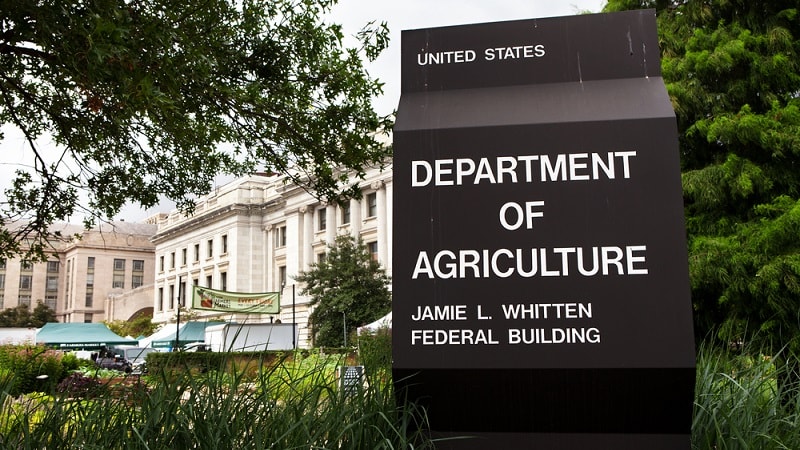
The U.S. Department of Agriculture (USDA) announced a major initiative to modernize its IT operations back in 2017 by launching Farmers.gov to provide online self-service applications. However, improved oversight of the site is necessary to improve customer service for farmers and ranchers.
By 2018, USDA’s Farm Production and Conservation (FPAC) mission area had launched Farmers.gov, which provides farmers, ranchers, and foresters with online self-service applications and business tools, like a farm loan eligibility tool. The minimal oversight of the resource has allowed the project to proceed without cost and schedule estimates, as well as employees raising concerns with usability and usefulness of the applications and tools.
“Specifically, the governance boards did not conduct reviews at predefined checkpoints for Farmers.gov, as required by USDA’s governance framework,” wrote GAO in a new report. “This lack of oversight has allowed FPAC to proceed without developing key program documentation for Farmers.gov, such as project plans and cost and schedule estimates.”
GAO says that USDA should improve oversight of Farmers.gov and develop repeatable processes that align agile methodology to USDA’s governance framework to address concerns and enhance service for intended customers. GAO made 15 recommendations for USDA, which were all agreed to.
Among those recommendations for USDA include:
- Direct the E-Board to establish and execute a regular schedule for reviewing, approving, and recommending IT investments;
- Direct the E-board to consider the extent to which it should review and approve decision points that pass and the required document for Farmers.gov;
- Direct the FPAC Assistant CIO to provide clear guidance that supports a consistent and repeatable process for applying agile development methodologies consistent with expectations for IT oversight;
- Have the Business Center Chief Operating Officer to have the FPAC mission area implement the key IT workforce planning activity for maintaining a workforce planning process;
- Implement the key IT workforce planning activity of developing competency and staffing requirements;
- Implement key IT workforce planning to assess competency and staffing needs regularly;
- Implement key IT workforce planning to assess gaps in competencies and staffing;
- Implement key IT workforce planning to develop strategies and plans to address gaps in competencies and staffing;
- Implement the key IT workforce planning activity to implement activities that address gaps in competencies and staffing;
- Implement the key IT workforce planning activity of monitoring the agency’s progress in addressing competency and staffing gaps;
- Implement key IT workforce planning to report to agency leadership on progress in addressing competency and staffing gaps;
- Develop a strategic plan to include performance goals and measures for maximizing efficiencies and reducing IT duplication and overlap;
- Monitor IT program performance against efficiency goals and measures documented in its plan for maximizing efficiencies and reducing IT duplication and overlap;
- Direct the Director for Customer Experience to establish baselines and measures for customer service performance and targets and goals associated with the progress; and
- Direct the Director for Customer Experience to establish a timeframe for releasing the customer service survey results and plans for addressing the customer feedback to the public.
